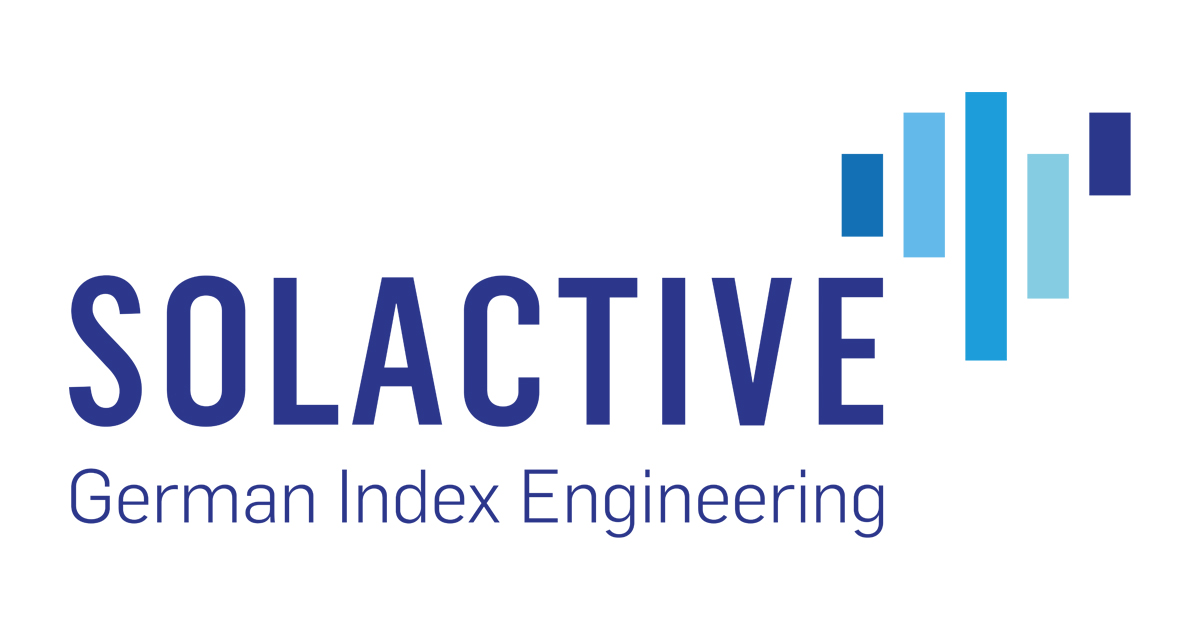The maturing carbon market, the advantages of physically replicating carbon permits and tailwinds for carbon prices were some of the topics discussed in ETF Stream’s webinar on carbon exchange-traded products (ETPs) in partnership with HANetf.
The webinar, titled Carbon ETFs: Driving real world impact, started by setting out the development of this still-maturing asset class and identifying why Europe is a region with particular promise.
Steffen Scheuble, founder and CEO of Solactive, stressed there are few conversations had with institutional investors that do not cover ESG and climate investing; however, the growing number of opportunities in the carbon emissions market add new ways to play these areas.
“Trading physical carbon is interesting from two points of view. The first is trading the price movement and the second is having a real impact,” Scheuble said.
Jan Ahrens, head of research at SparkChange, described carbon as the “defining market” of our generation given it puts a price on pollution and makes carbon a tangible cost for corporates to manage. This makes it easier for the finance industry to quantify versus nonfinancial metrics such as carbon footprints.
“Carbon markets make this huge risk tradeable, investable, hedgeable,” Ahrens continued. “It is more and more important for us as a species, and if we get the investment community to endorse this instrument as part of decision-making, we may have a shot at combatting climate change.”
Currently, 22% of emissions globally are covered by carbon pricing. Within this, the EU Emissions Trading System (ETS) and its EU carbon allowances (EUAs) stand out, as they cover 40% of the bloc’s emissions, issuing around 1.4 billion allowances a year to 30,000 entities involved in industries such as energy, chemicals, manufacturing, utilities and aviation.
The lack of a supply cap mechanism following the 2008 Global Financial Crash meant there were a glut of EUAs, keeping their price below €10 until 2018. Since then, thanks to the introduction of the European Commission’s Market Stability Reserve, the price of EUAs has since surged to €80, as supply is automatically adjusted to decrease supply when emissions fall (during events such as the COVID-19 pandemic).
The power of physical replication
While any product tracking this upward price movement would have enjoyed stellar returns, the only product offering physical replication, the SparkChange Physical Carbon EUA ETC (CO2), accesses these benefits most acutely.
Nik Bienkowski, co-founder and co-CEO of HANetf, explained futures-based products underperform when markets are in contango – a process when later-month futures contracts are more expensive than near-month contracts – which can create additional costs of up to 2% a year.
“If you are looking for a long-term product to hold, the last five years of returns have meant carbon EUA contracts have been in contango for periods of longer than 12 months,” Bienkowski added.
Furthermore, physical carbon offers a unique angle for ESG investing, as the more allowances investors buy, the fewer there are for polluting companies to buy.
“There is less supply of allowances for polluters to buy and retire to offset their activities,” Bienkowski noted. “This restriction of supply may increase the price of carbon and therefore the price of pollution and speed up the process of reducing emissions over time.”
Scheuble added: “You can have some impact by divesting from companies like Exxon Mobil but the only immediate climate impact is by using physical carbon markets.”
Future tailwinds for permit prices
Looking ahead, Ahrens argued that a number of factors remain supportive to further price appreciation in EUAs.
To start, international credits are no longer eligible under the ETS, meaning EUAs are the only way companies can pay to vindicate their polluting activities. Additionally, the introduction of ‘Fit for 55’ emissions targets means exporters of energy to Europe will also have to buy allowances because of their contribution to the continent’s pollution.
Ahrens said ambitious carbon targets mean the supply of EUAs will reduce “significantly” in future. Though COP26 pledges will further the closure of coal mines and power stations, this will not impact EUA prices, he argued, due to the inbuilt scarcity mechanism provided by the Market Stability Reserve.
For now, though, the continued use of coal during the economic recovery is a tailwind. As gas prices surged in 2021, many companies switched to carbon-intensive energy sources to reduce costs which helped drive the price of EUAs.
“Analysts generally believe there is further upside in this market,” Ahrens said. “It is likely there will be continued emissions growth as it is hard for emissions to decarbonise at scale quickly. Other than industries swinging back to gas from coal if prices go down, there is not much low-hanging fruit left.”
“The number of allowances being issued is also falling at 2.2% a year at the moment, and once the EU introduces its 2030 emissions target, this number will at least double, if not triple,” he added.
To watch the full webinar, click here
Related articles





